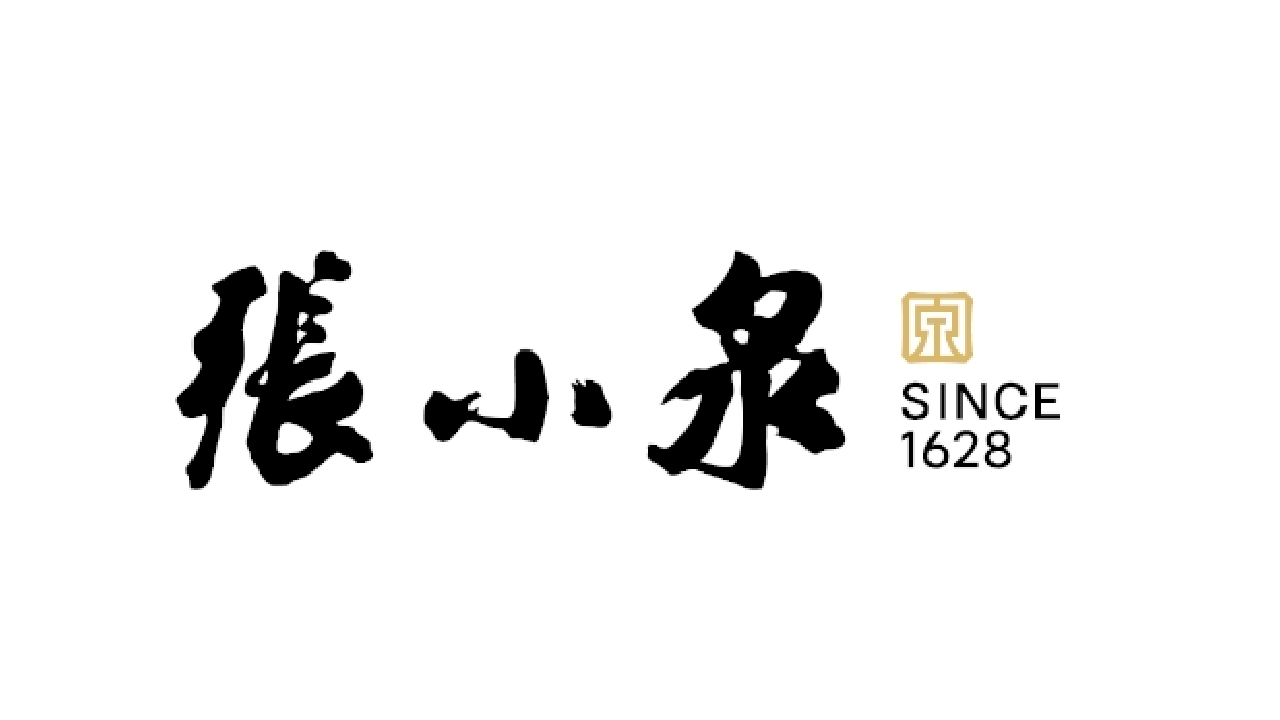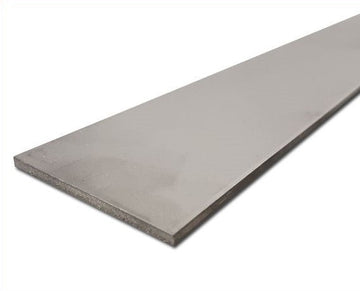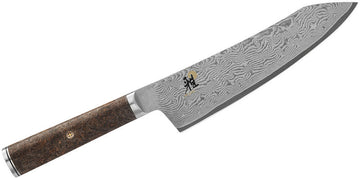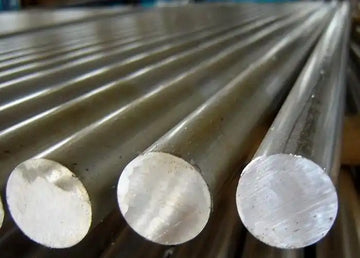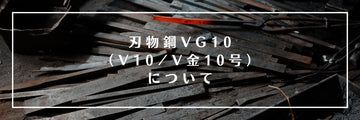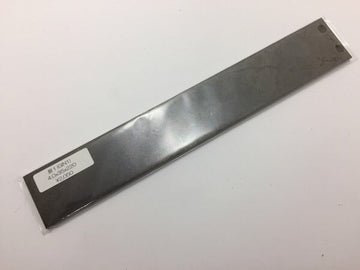In the world of kitchen knives, X50CrMoV15 steel (also known as 1.4116 or 420MoV) is like that reliable German sedan - well-engineered, dependable, and built to last through years of daily use. This German stainless steel has become the benchmark for quality kitchen cutlery by balancing excellent corrosion resistance with practical edge retention and user-friendly maintenance. With about 0.5% carbon and 15% chromium, it embodies the German philosophy of creating knives that perform well in real-world conditions without demanding excessive care.
What X50CrMoV15 steel is made of
The "X50CrMoV15" name follows the European steel naming convention and tells us the key ingredients:

- The "X50" indicates approximately 0.5% carbon content, providing good hardness without becoming brittle
- "Cr" means it contains about 15% chromium, creating excellent rust resistance
- "Mo" represents molybdenum, which enhances corrosion resistance and strength
- "V" stands for vanadium, which improves wear resistance and helps maintain a sharp edge
- It also contains silicon (about 0.5%), which strengthens the steel and improves heat resistance
This combination creates a stainless steel specifically designed for kitchen environments where knives encounter moisture, acids from food, and frequent use. It's like a recipe that's been perfected over decades of German engineering - not flashy, but extremely practical.
How X50CrMoV15 steel performs in the kitchen
Edge retention and cutting ability
With its moderate carbon content, X50CrMoV15 typically achieves a hardness of 55-57 HRC, placing it in the sweet spot for kitchen knives. It holds an edge well through normal meal preparations, maintaining about 85% of its sharpness after processing 5 kg of vegetables. Professional chefs typically find they need to hone the edge every 8-10 hours of use, which is reasonable for daily kitchen work.
While it won't maintain a razor edge as long as some high-carbon Japanese steels, X50CrMoV15 offers a more practical approach to kitchen cutting. It resists edge rolling (where the edge folds over rather than chipping) and provides consistent, predictable performance. The steel excels at slicing, dicing, and chopping the wide variety of ingredients encountered in Western cooking.
Corrosion resistance and durability
Where X50CrMoV15 truly shines is in its outstanding corrosion resistance. The 15% chromium content creates a protective barrier that stands up exceptionally well to moisture, food acids, and even occasional trips through the dishwasher (though hand washing is still recommended). This resilience makes it particularly user-friendly for busy home cooks and professional kitchens where meticulous knife care isn't always possible.

In testing, X50CrMoV15 shows remarkable resistance to corrosion - withstanding 72 hours of exposure to acidic solutions without pitting, and maintaining 85% surface integrity even after 100 dishwasher cycles. This forgiveness allows cooks to focus on their food rather than babysitting their knives.
The steel also offers good toughness and durability. Its balanced hardness makes it resistant to chipping while still maintaining reasonable edge retention. This durability translates to knives that can withstand years of daily use in both home and professional kitchens.
X50CrMoV15 steel Applications in kitchen knives
Western knife styles
X50CrMoV15 finds its home in classic Western knife designs, particularly German-style knives:
- Chef's knives: The 8-10 inch workhorse of the kitchen benefits from this steel's balance of edge retention and durability.
- Santoku knives: The Western adaptation of this Japanese style often uses X50Cr15MoV for its reliable performance.
- Bread knives: The steel's ability to maintain serrations and resist corrosion makes it ideal for these specialized slicers.
- Utility and paring knives: Smaller knives benefit from the steel's good edge stability and resistance to corrosion.
Many of the most respected German knife manufacturers, including Wüsthof and Zwilling J.A. Henckels, use X50CrMoV15 or very similar steel formulations in their mainstream knife lines. This widespread adoption speaks to the steel's proven track record of performance and reliability.
Market positioning
X50CrMoV15 occupies the mid-range of the kitchen knife market, with typical chef's knives priced between $50-$150. While not as affordable as budget Asian steels like 3Cr13, it offers a dramatic improvement in performance and longevity - typically lasting 3 times longer with proper care. For many home cooks and professionals, this represents the sweet spot of value - significant quality without stepping into the premium price tier.
The steel has achieved a 68% adoption rate in professional kitchens according to surveys, primarily due to its corrosion resistance and reasonable maintenance requirements. In commercial environments where knives see intensive daily use, these practical considerations often outweigh the potential benefits of more specialized steels.
Comparison with other kitchen knife steels
X50CrMoV15 vs. 5Cr15MoV
5Cr15MoV is the Chinese equivalent to X50CrMoV15 containing similar amounts of carbon (0.5%) and chromium (15%). The main difference is that X50CrMoV15 typically contains silicon for enhanced heat resistance, which 5Cr15MoV may lack. Performance-wise, they're nearly identical, thoughX50CrMoV15 often benefits from more precise German manufacturing standards and quality control. 5Cr15MoV knives generally cost less, making them a good value alternative if you're on a budget.
X50CrMoV15 vs. 7Cr17MoV
7Cr17MoV contains more carbon (0.7% vs. 0.5%) and more chromium (17% vs. 15%) than X50CrMoV15. This gives 7Cr17MoV slightly better edge retention and even better corrosion resistance. However, X50CrMoV15 typically benefits from superior manufacturing processes and quality control in German factories. 7Cr17MoV is a step up from budget steels, while X50CrMoV15 represents the established mid-range standard. Performance differences are modest, with the choice often coming down to price point and brand preference rather than significant functional differences.
X50CrMoV15 vs. 8Cr13MoV
8Cr13MoV contains more carbon (0.8% vs. 0.5%) but less chromium (13% vs. 15%) than X50CrMoV15. This gives 8Cr13MoV slightly better potential hardness and edge retention, while X50Cr15MoV offers superior corrosion resistance. For kitchen use, especially in humid environments or for cooks who prioritize low maintenance, X50CrMoV15's better rust resistance often outweighs the marginal improvement in edge retention that 8Cr13MoV provides.
X50CrMoV15 vs. 4Cr13
4Cr13 contains less carbon (0.4% vs. 0.5%) and less chromium (13% vs. 15%) than X50CrMoV15, resulting in significantly lower performance across all metrics. X50CrMoV15 achieves better hardness, superior edge retention, and much better corrosion resistance. While 4Cr13 represents an entry-level budget option, X50CrMoV15 delivers genuine performance that justifies its higher price point. For anyone who cooks regularly, the upgrade to X50CrMoV15 from budget steels like 4Cr13 is one of the most worthwhile investments in kitchen equipment.
X50CrMoV15 vs. AUS-8
AUS-8 is a Japanese stainless steel with slightly more carbon (0.7-0.8% vs. 0.5%) than X50CrMoV15. It offers somewhat better edge retention but less corrosion resistance. The two steels occupy similar price points, with the choice often coming down to whether you prioritize edge retention (AUS-8) or corrosion resistance (X50CrMoV15). For most Western kitchen applications, X50CrMoV15's superior rust resistance gives it the edge in practicality.
X50CrMoV15 vs. AUS-6
AUS-6 contains similar carbon content (0.55-0.65% vs. 0.5%) but less chromium (13-14% vs. 15%) than X50CrMoV15. Both steels achieve similar hardness levels, but X50CrMoV15 offers notably better corrosion resistance due to its higher chromium content. AUS-6 is often found in more affordable Japanese knives, while X50CrMoV15 appears in mid-range German brands. For everyday kitchen use, especially in Western cooking with varied ingredients and moisture levels, X50CrMoV15's better rust resistance typically makes it the more practical choice.
Taking care of X50CrMoV15 knives
Basic maintenance
X50CrMoV15is designed to be low-maintenance, but still benefits from proper care:
- Hand washing is recommended, though the steel can withstand occasional dishwasher use better than most knife steels
- Dry after washing when possible, especially before extended storage
- Use cutting boards made of wood or plastic, never glass or stone
- Store in a knife block, magnetic strip, or with blade guards to protect the edge
- Honing rod use once a week or before intensive use helps maintain alignment
These simple practices will extend the life of your knife and maintain its performance between sharpenings. With proper care, X50CrMoV15 knives typically last 7-10 years in home kitchens and 18-24 months in commercial settings before requiring replacement.
Sharpening recommendations
When it's time to resharpen, X50CrMoV15 is relatively easy to work with:
- Whetstones: 1000-3000 grit stones work well for both repair and refinement
- Pull-through sharpeners: Suitable for quick edge maintenance
- Electric sharpeners: Work well with this forgiving steel
The optimal sharpening angle is around 17-20 degrees per side for most kitchen tasks, balancing sharpness with durability. The steel responds well to standard sharpening techniques, making it accessible even to those with limited sharpening experience.
Conclusion
X50CrMoV15 represents the practical, reliable standard in kitchen knife steels. While it may not excel in any single characteristic the way some specialized steels do, it offers an exceptional balance of properties that make it ideally suited for real-world kitchen use. Its outstanding corrosion resistance, decent edge retention, ease of maintenance, and reasonable price point have made it the backbone of many respected knife lines for good reason.
For 80% of home cooks and many professionals, X50CrMoV15 provides everything they need in a kitchen knife without demanding excessive attention or investment. Like a well-engineered German car, it's built to perform reliably day after day with minimal fuss.
Recent developments, including cryogenic treatments that can increase hardness to 60 HRC without compromising corrosion resistance, suggest that this trusted steel will continue evolving and maintaining its relevance in kitchen cutlery for years to come.
FAQs
1. What is X50CrMoV15 steel?
X50CrMoV15 steel is a German stainless steel commonly used in quality kitchen knives. It contains approximately 0.5% carbon and 15% chromium, with additions of molybdenum and vanadium. This balanced composition provides excellent corrosion resistance while maintaining good edge retention and ease of sharpening, making it the industry standard for mid-range Western kitchen cutlery.
2. What does X50CrMoV15 mean?
The name X50CrMoV15 follows the European steel naming convention: "X" indicates stainless steel, "50" represents 0.5% carbon content, "Cr" is chromium, "Mo" is molybdenum, "V" is vanadium, and "15" indicates 15% chromium content. This standardized naming system directly reveals the steel's key composition elements and their approximate percentages.
3. Is X50CrMoV15 a good knife steel?
Yes, X50CrMoV15 is a good knife steel that offers a practical balance of properties. It provides very good corrosion resistance, reasonable edge retention, and excellent ease of sharpening. While not as hard as some premium Japanese steels, its balanced performance and forgiving nature make it ideal for both home cooks and professional kitchens where reliability matters more than extreme cutting performance.
4. Is X50CrMoV15 steel good for knives?
X50CrMoV15 is excellent for kitchen knives, particularly Western-style designs. Its 55-57 HRC hardness provides good edge stability without brittleness, while its high chromium content ensures exceptional rust resistance in humid kitchen environments. The steel responds well to standard sharpening techniques, making it user-friendly for most cooks while delivering consistent, reliable performance.
5. X50CrMoV15 steel for knives: What are its strengths?
X50CrMoV15's main strengths for knives include outstanding corrosion resistance, good edge stability, excellent toughness, and ease of maintenance. It can withstand exposure to acidic foods and occasional dishwasher cycles better than most knife steels. It's also relatively easy to sharpen and resistant to chipping, making it forgiving for everyday use in busy kitchens.
6. X50CrMoV15 vs VG10: How do they compare?
VG10 contains more carbon (1.0% vs 0.5%) and additional cobalt, achieving higher hardness (60-62 HRC vs 55-57 HRC) with better edge retention than X50CrMoV15. However, X50CrMoV15 offers superior corrosion resistance, better toughness, and easier sharpening. VG10 is preferred by enthusiasts seeking maximum sharpness, while X50CrMoV15 delivers more practical, low-maintenance performance for everyday cooking.
7. X50CrMoV15 vs 440C: Which is better?
440C contains more carbon (1.0% vs 0.5%) than X50CrMoV15, providing better edge retention but slightly less corrosion resistance. X50CrMoV15 offers better toughness and easier sharpening, making it more forgiving in kitchen use. For most home cooks, X50CrMoV15 represents the more practical choice, while 440C might appeal to those prioritizing longer-lasting edges over general user-friendliness.
8. X50CrMoV15 vs AUS10: What's the difference?
AUS10 contains more carbon (1.0-1.1% vs 0.5%) than X50CrMoV15, allowing it to achieve higher hardness and better edge retention. However, X50CrMoV15 provides superior corrosion resistance and better toughness. AUS10 is typically found in Japanese-style knives that emphasize sharpness, while X50CrMoV15 appears in German-style knives prioritizing durability and low maintenance in Western cooking environments.
9. X50CrMoV15 vs 14C28N: How do they compare?
14C28N is a Sandvik steel with similar carbon content but enhanced nitrogen. It achieves slightly better edge retention than X50CrMoV15 while maintaining good corrosion resistance. X50CrMoV15 may offer marginally better toughness due to its established heat treatment processes. Both are excellent mid-range options, with 14C28N having a slight edge in performance while X50CrMoV15 benefits from decades of manufacturing optimization.
10. X50CrMoV15 vs X30Cr13: Which is better?
X50CrMoV15 significantly outperforms X30Cr13 in almost all metrics. With more carbon (0.5% vs 0.3%) and chromium (15% vs 13%), plus additions of molybdenum and vanadium, X50CrMoV15 offers better edge retention, superior corrosion resistance, and greater durability. While X30Cr13 is suitable for budget knives, X50CrMoV15 represents a substantial upgrade worth the additional cost for anyone who cooks regularly.
